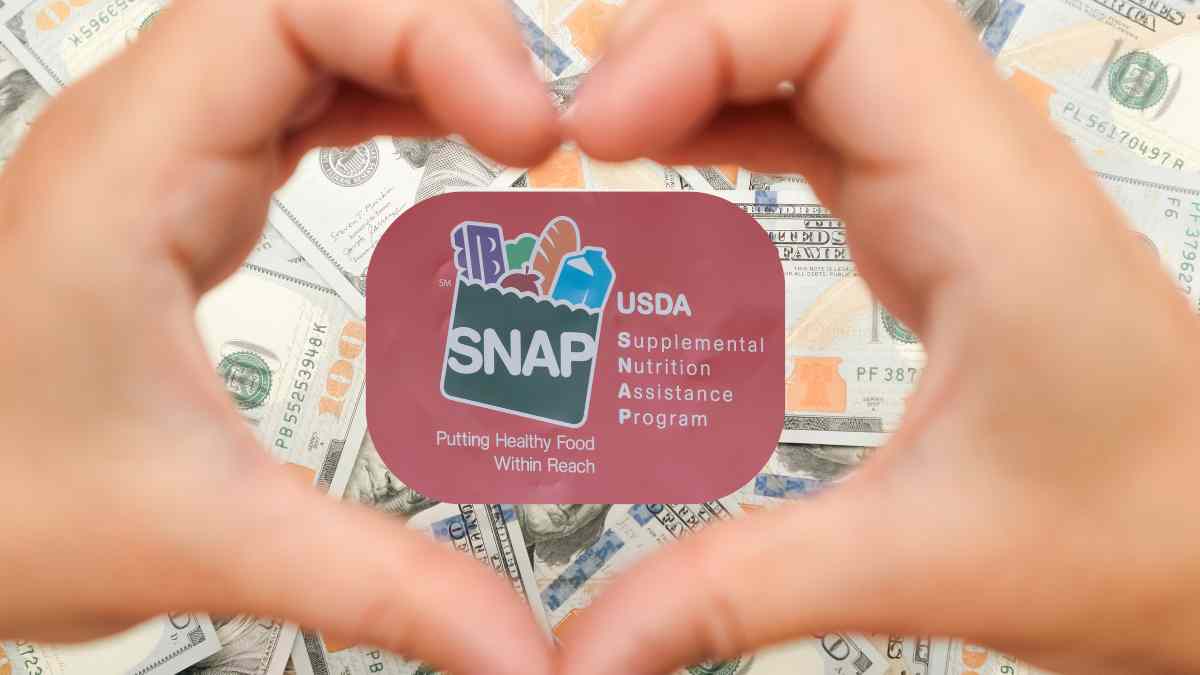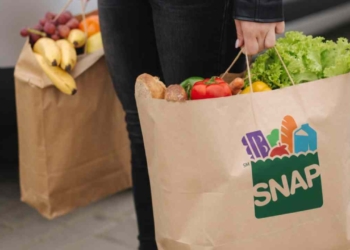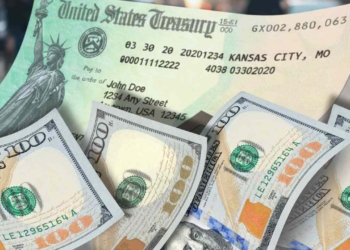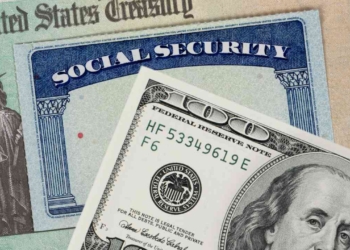USDA has confirmed all the February payments for the SNAP program. Food Stamps will continue arriving through the 28th. Therefore, there will also be payments due on February 14, which is Saint Valentine’s Day.
Actually, there are 2 States that are delivering SNAP benefits through Saint Valentine’s Day. They are Maine and Massachusetts. In total, there are 22 States that may deliver Food Stamps on February 14 or before or after that date.
States issuing SNAP payments on Saint Valentine’s Day
Check the full list of States that have not finished sending SNAP payments on Saint Valentine’s Day. For example, to get money on that special date in Alabama, your case number must end in 50-54.
Alabama: February 4-23
Delaware: February 2-23
Florida: February 1-28
Georgia: February 5-23
Indiana: February 5-23
Kentucky: February 1-19
Louisiana: February 1-23
Maine: February 10-14
Maryland: February 4-23
Massachusetts: February 1-14
Michigan: February 3-21
Mississippi: February 4-21
Missouri: February 1-22
New Mexico: February 1-20
North Carolina: February 3-21
Ohio: February 2-20
Tennessee: February 1-20
Texas: February 1-28
Utah: February 15
Washington: February 1-20
Wisconsin: February 1-15
Puerto Rico: February 4 – 22
Delaware will use the first letter of your last name to arrange SNAP paydays. If the first letter of your last name is M, your Food Stamps will arrive on Saint Valentine’s Day. In Florida, your case number 9th and 8th digit must end in 46-48 to get money on your EBT card on the 14th. For more details about eligibility in your States visit USDA’s official site at: https://www.fns.usda.gov/snap/monthly-issuance-schedule
SNAP-eligible food for Saint Valentine’s Day
In the end, it does not really matter the meal you can prepare for Saint Valentine’s Day. Whether you prepare steak and lobster or roast chicken, it is not relevant. But planning is essential to avoid surprises. So, here’s the full list of things you can buy using SNAP benefits:
- Snack foods
- non-alcoholic beverages
- seeds to grow food
- plants for your vegetable garden to grow and eat them
- cereals
- bread
- dairy products
- meat
- fish
- poultry
- fruits
- vegetables







